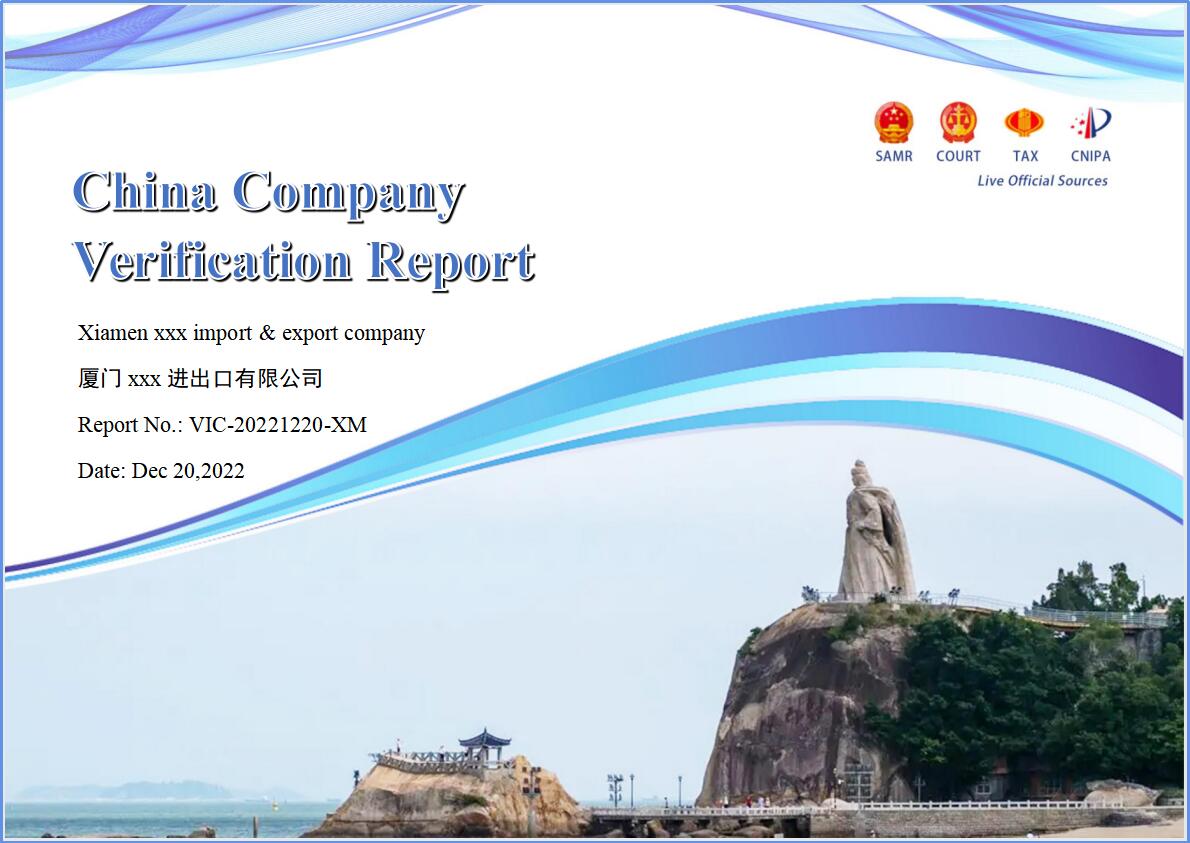Linxia Hui Autonomous Prefecture (Linxia Prefecture), formerly known as Hezhou, is an autonomous prefecture under the jurisdiction of Gansu Province, one of the two Hui autonomous prefectures in the country and one of the two ethnic autonomous prefectures in Gansu Province. It was founded in November 1956. As of May 2021, the total area of the prefecture is 8169 square kilometers, and it has jurisdiction over 1 county-level city and 7 counties. There are 42 ethnic groups in the prefecture, including Hui, Han, Dongxiang, Baoan, Salar, etc. Dongxiang and Baoan are the unique minorities in Gansu with Linxia as the main settlement. According to the data of the seventh population census, as of 0:00 on November 1, 2020, the permanent population of Linxia Hui Autonomous Prefecture was 2109750.
Linxia is located in the west of China, in the southwest of the central part of Gansu Province, at the upper reaches of the Yellow River. It is the main point of the southern route of the ancient Silk Road, an important town of the ancient Tang-Tibet road, and the center of the tea-horse trade. It is the place where Princess Wencheng enters Tibet. It is known as the "dry dock in the west", "Wenzhou in the east, and Hezhou in the west". Linxia, which is close to Lanzhou and adjacent to Tibetan areas, is an important economic channel for the mainland to connect Tibetan areas. In 2019, there were more than 300000 Linxia citizens working in Tibetan areas such as Tibet, Qinghai and Sichuan, becoming the main undertaker of trade between Tibetan areas and the mainland, and playing an irreplaceable role. In 2020, Linxia Prefecture's GDP will reach 33.13 billion yuan.
Linxia is one of the important origins of Chinese civilization. As early as 5000 years ago, there were ancestors living there. Since the Qin and Han dynasties, there have been counties, prefectures, and counties, which were called Raglan in ancient times, and later renamed Hezhou. It is one of the areas with the most concentrated Neolithic culture and the most archaeological excavations in China. Majiayao culture, Banshan culture, Qijia culture and other cultural sites are scattered all over the country. Because the "King of Painted Pottery" collected by the National Museum was unearthed in Linxia, it is known as the "Hometown of Painted Pottery in China". There are the world cultural heritage Bingling Temple Grottoes and the world intangible cultural heritage folk song "Huaer", which is known as "the hometown of flowers in China".
Minimize the Risk and Scam
Within 2 Working Day
$ 135 USD
